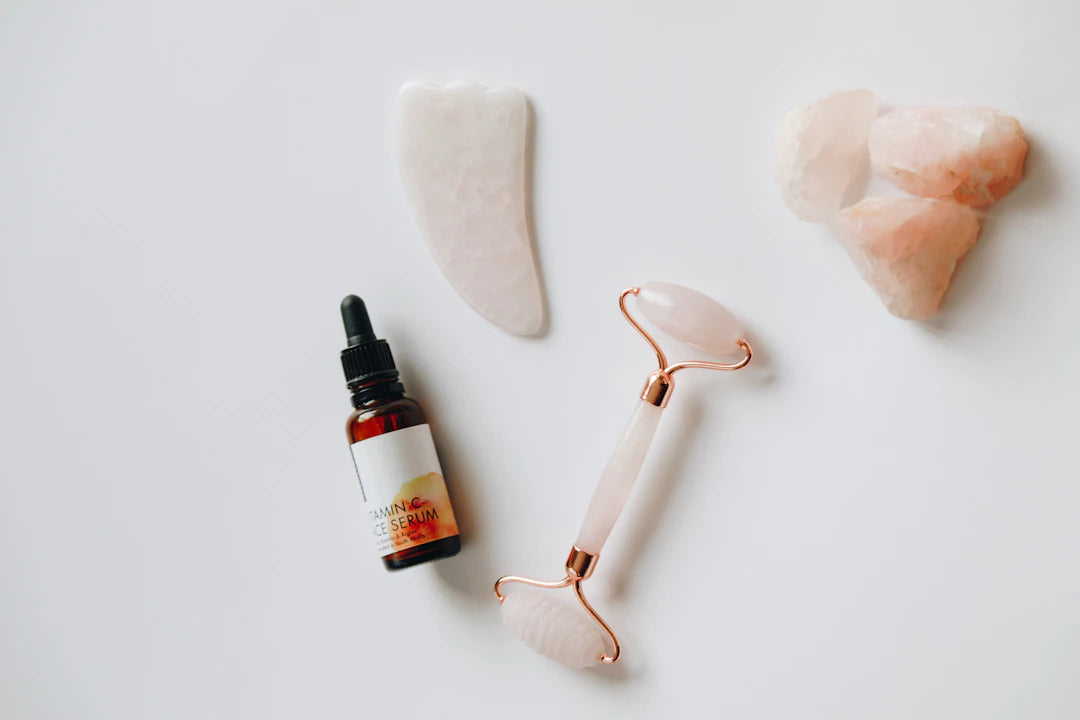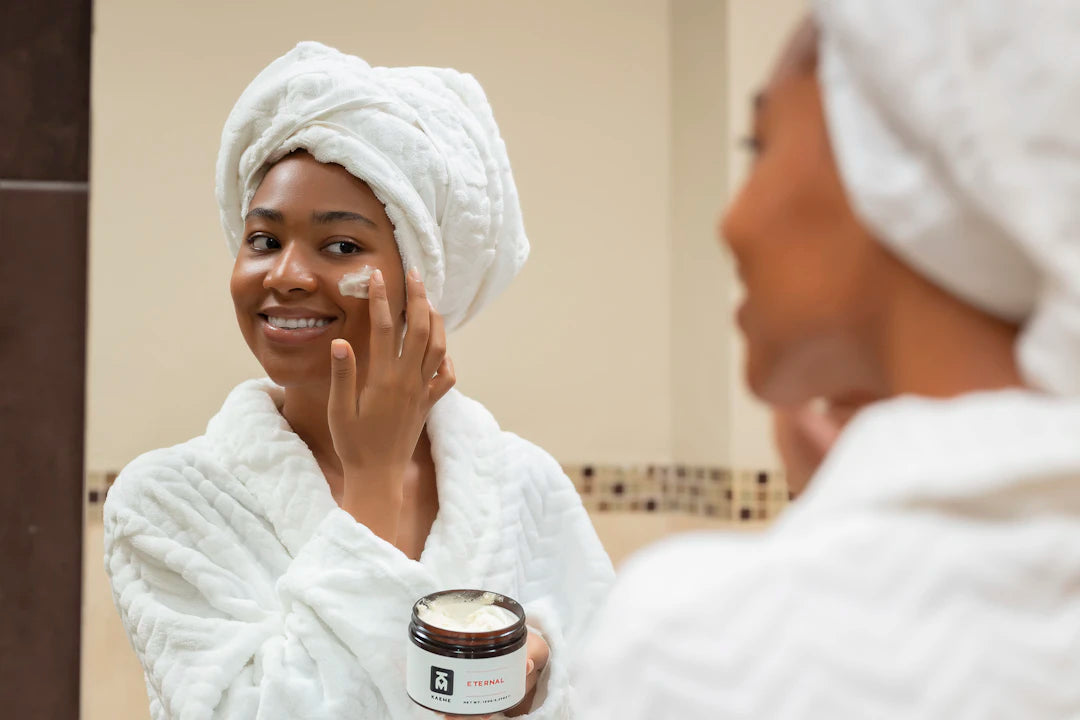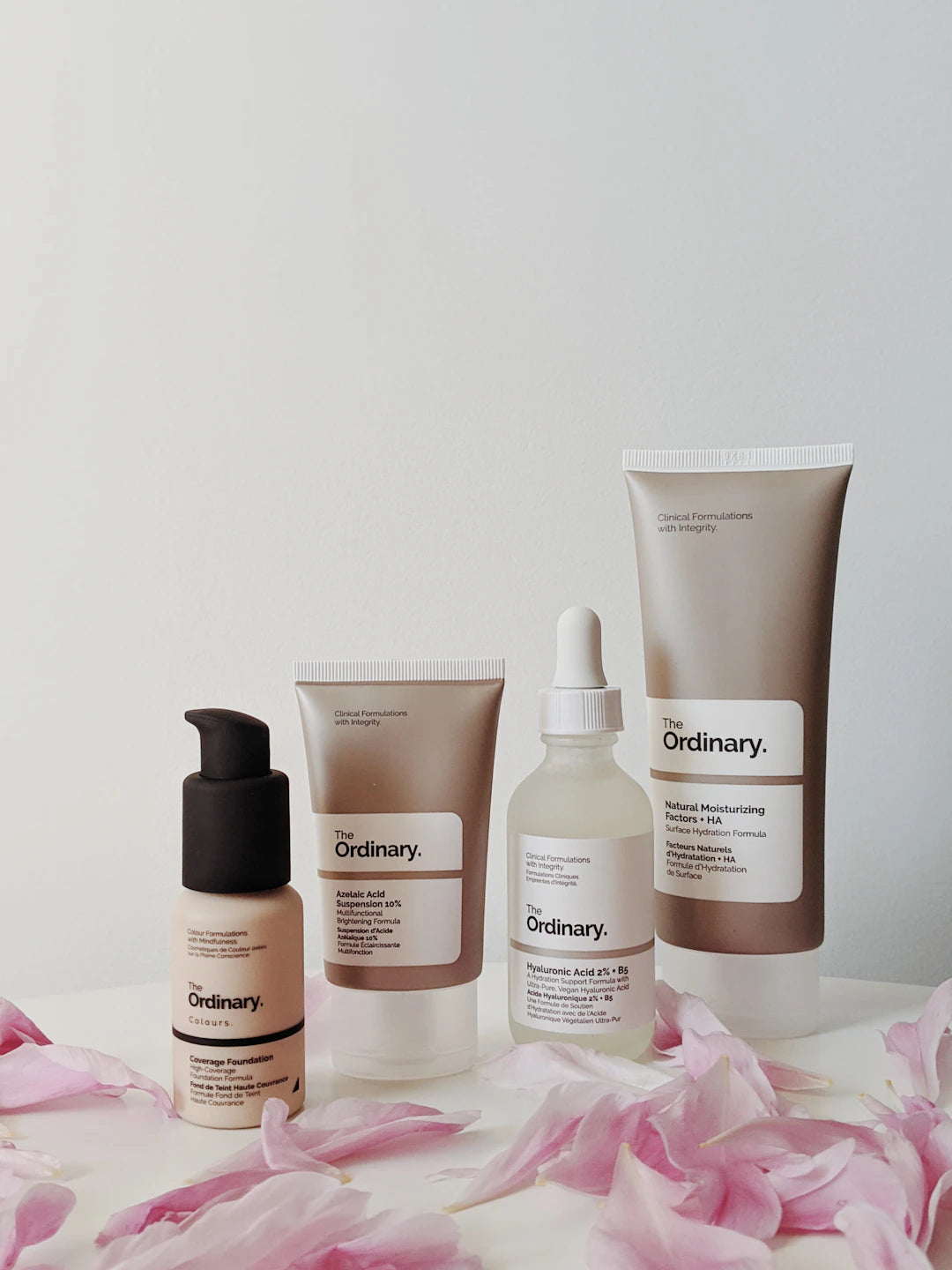Shield Your Glow: Proven Strategies to Protect Your Skin from Environmental Damage

Your skin is your body's largest organ, and it plays a crucial role in protecting you from the environment. It bears the brunt of pollution, sun exposure, and other environmental stressors that can lead to premature aging. Understanding how to protect your skin effectively can keep it looking youthful, healthy, and vibrant. In this detailed guide, we will cover preventive measures and essential skincare practices to safeguard your skin from environmental damage.
Understanding Environmental Damage
Environmental damage refers to any external factor that affects the skin's health. Common sources of skin stress include:
- Pollution: Smog, dirt, and toxins can penetrate the skin and cause inflammation, leading to dark spot formation.
- UV rays: Sun exposure can lead to premature aging, causing wrinkles and dark spots.
- Climate: Excessive humidity or dryness can disrupt the skin's barrier, leading to various skin issues.
Identifying Skin Types: The First Step to Tailored Care
Before diving into protective measures, it's essential to identify your skin type, as this can influence the products and routines you choose. The main skin types are:
- Oily: Prone to shine and breakouts.
- Dry: May peel or feel tight.
- Sensitive: Easily irritated and reacts to various products.
- Combination: A mix of oily and dry in different areas.
- Normal: Balanced and may have fewer problems.
Build a Resilient Skincare Routine
A well-structured skincare routine is your best defense against environmental stressors. Here are the key steps to incorporate into your daily regimen:
1. Cleansing
Use a gentle, antioxidant-rich cleanser to remove dirt, oil, and pollution without stripping the skin of its natural moisture. Cleansing is fundamental as it prepares your skin for subsequent products.
2. Exfoliation
Regular exfoliation helps remove dead skin cells, promoting a smoother texture and permitting better absorption of skincare products. Opt for gentle exfoliators suited for your skin type, limiting it to 1-3 times a week.
3. Hydration
Moisturizing your skin is vital, especially if you live in a dry climate. Look for creams containing hyaluronic acid or glycerin; these ingredients can pull moisture into the skin while offering a skin-tightening effect.
4. Sun Protection
Applying a broad-spectrum sunscreen is crucial in your skin care routine. Aim for SPF 30 or higher, as it protects against both UVA and UVB rays, mitigating the risk of dark spots, premature aging, and other forms of skin damage.
Spot Treating for Brighter Skin
Incorporating effective dark spot treatments can significantly enhance your skincare routine. Look for serums or creams with ingredients like:
- Vitamin C: Brightens the skin and reduces pigmentation.
- Niacinamide: Helps in fading dark spots and improving skin texture.
- Retinol: Known for its anti-aging properties, it improves skin turnover and minimizes wrinkles.
Beyond Skincare: Lifestyle Adjustments
Your lifestyle choices significantly impact your skin's health. Consider these adjustments:
1. Manage Stress
Stress can wreak havoc on your skin, leading to increased oil production and breakouts. Discover relaxation techniques such as yoga, meditation, or deep-breathing exercises to maintain your skin's youthful appearance.
2. Balanced Diet
What you consume plays a vital role in how your skin looks and feels. Aim for a balanced diet rich in antioxidants. Incorporate:
- Berries and citrus fruits
- Leafy greens
- Nuts and seeds
- Fatty fish for Omega-3 fatty acids
3. Hydration
Staying adequately hydrated is essential for maintaining skin elasticity and minimizing the appearance of wrinkles. Aim to drink at least eight glasses of water daily.
Embrace Protective Gear
Taking physical measures to protect your skin can significantly reduce environmental damage. Consider:
- Wearing Sunscreen: Even on cloudy days, UV rays can penetrate the skin.
- Using Sunglasses: Protect your eyes and the surrounding skin, helping to prevent crow's feet and other wrinkles.
- Donning Hats: A wide-brimmed hat can shield your face from direct sun exposure.
Smart Beauty Choices: Skincare Ingredients Matter
Choosing the right ingredients in your skincare products can be the difference between thriving skin and reactive skin. Look for products enriched with:
- Antioxidants: These compounds protect against free radicals, which can accelerate aging and environmental damage.
- Peptides: These can promote skin tightening and reduce the appearance of fine lines and wrinkles.
- Hydrating Agents: Ingredients like aloe vera and glycerin maintain skin moisture levels, keeping it plump and youthful.
The Power of Regular Skin Check-ups
Regular visits to a dermatologist can help you keep your skin in top condition. They can assess your skin for potential problems and recommend treatments tailored to your specific needs. Early detection of skin issues can lead to effective solutions, keeping your skin healthy and vibrant.
Your Skin Deserves Extra Care
Understanding how to protect your skin from environmental damage is not just a luxury; it’s essential for maintaining your skin’s youthfulness and vitality. By incorporating a thorough skincare routine, making wise lifestyle choices, and opting for the right ingredients, you can keep your skin glowing and healthy.
Remember, every small choice adds up over time. Take action today, and your future self will thank you for the radiant skin you’ll enjoy for years to come!


